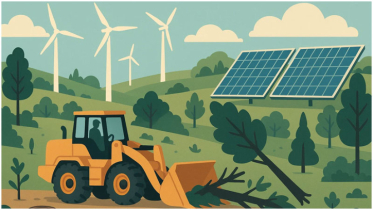Exploring the rapid growth of mobile connectivity in Bangladesh: A telecom revolution

In recent years, Bangladesh has witnessed a telecom revolution, characterized by the rapid growth of mobile connectivity. This South Asian nation, once considered a laggard in the digital world, has now emerged as a frontrunner in the adoption of mobile technology, transforming the lives of its citizens and the dynamics of its economy.
The advent of mobile connectivity in Bangladesh dates back to the late 1990s, but the real surge occurred in the last decade. The Bangladesh Telecommunication Regulatory Commission (BTRC) reports that the number of mobile phone subscribers in the country has crossed the 160 million mark as of 2020, a significant leap from just 1 million in 2001. This exponential growth can be attributed to several factors, including affordable mobile devices, competitive pricing of data plans, and government initiatives to promote digital inclusion.
The proliferation of affordable smartphones has played a crucial role in this telecom revolution. As global manufacturers compete to capture the burgeoning market, the prices of mobile devices have plummeted, making them accessible to a larger population. Simultaneously, telecom operators have offered competitive pricing for data plans, further fueling the growth of mobile connectivity.
Government initiatives have also been instrumental in this digital transformation. The ‘Digital Bangladesh’ vision, launched in 2009, aimed to leverage ICT for development and ensure that the benefits of digital technology reach every corner of the country. This vision has been translated into a series of policies and programs that have facilitated the expansion of mobile connectivity, such as the establishment of community e-centers in rural areas and the digitization of public services.
The impact of this telecom revolution is far-reaching. Mobile connectivity has opened up new avenues for economic growth, social inclusion, and public service delivery. It has enabled the growth of e-commerce, with online marketplaces flourishing and providing opportunities for small and medium enterprises. It has also facilitated financial inclusion through mobile banking services, allowing millions of unbanked individuals to access financial services.
Moreover, mobile connectivity has transformed the delivery of public services. The government has leveraged mobile technology to digitize various services, from tax payments to land records, making them more accessible and efficient. During the COVID-19 pandemic, mobile connectivity has played a critical role in disseminating information, facilitating remote learning, and enabling telemedicine services.
However, despite these strides, challenges remain. Digital literacy and internet access are still uneven, particularly in rural areas. Cybersecurity is another concern, with increasing incidents of online fraud and data breaches. Addressing these challenges is crucial to ensure that the benefits of mobile connectivity are equitably distributed and its potential fully harnessed.
In conclusion, the rapid growth of mobile connectivity in Bangladesh is a testament to the country’s digital transformation. It is a telecom revolution that has not only reshaped the telecom sector but also catalyzed socio-economic development. As Bangladesh continues to navigate its digital journey, the lessons from this revolution offer valuable insights for other developing countries aspiring to leverage mobile technology for development.
Source: Fagen Wasanni Technologies
.png)




